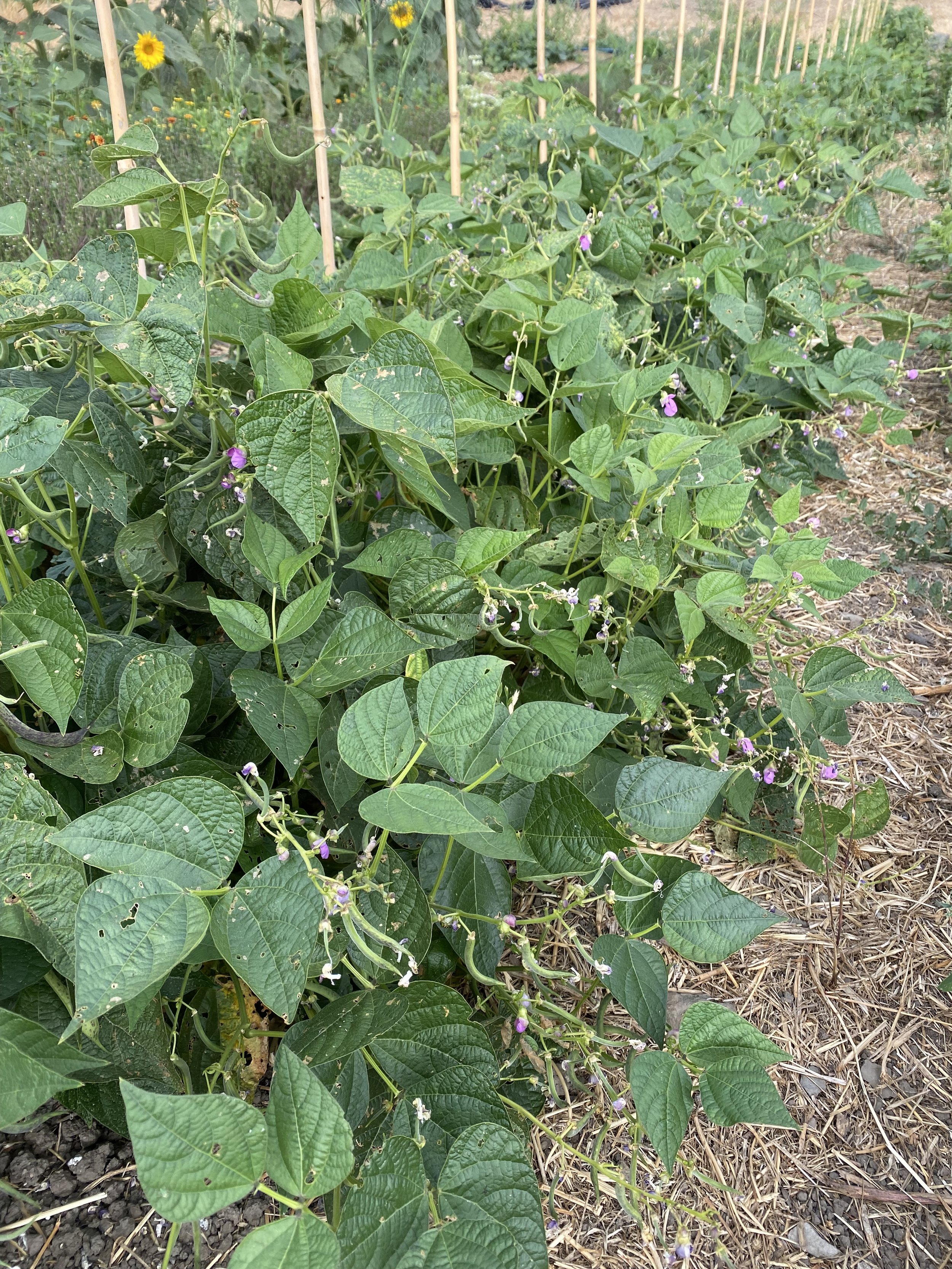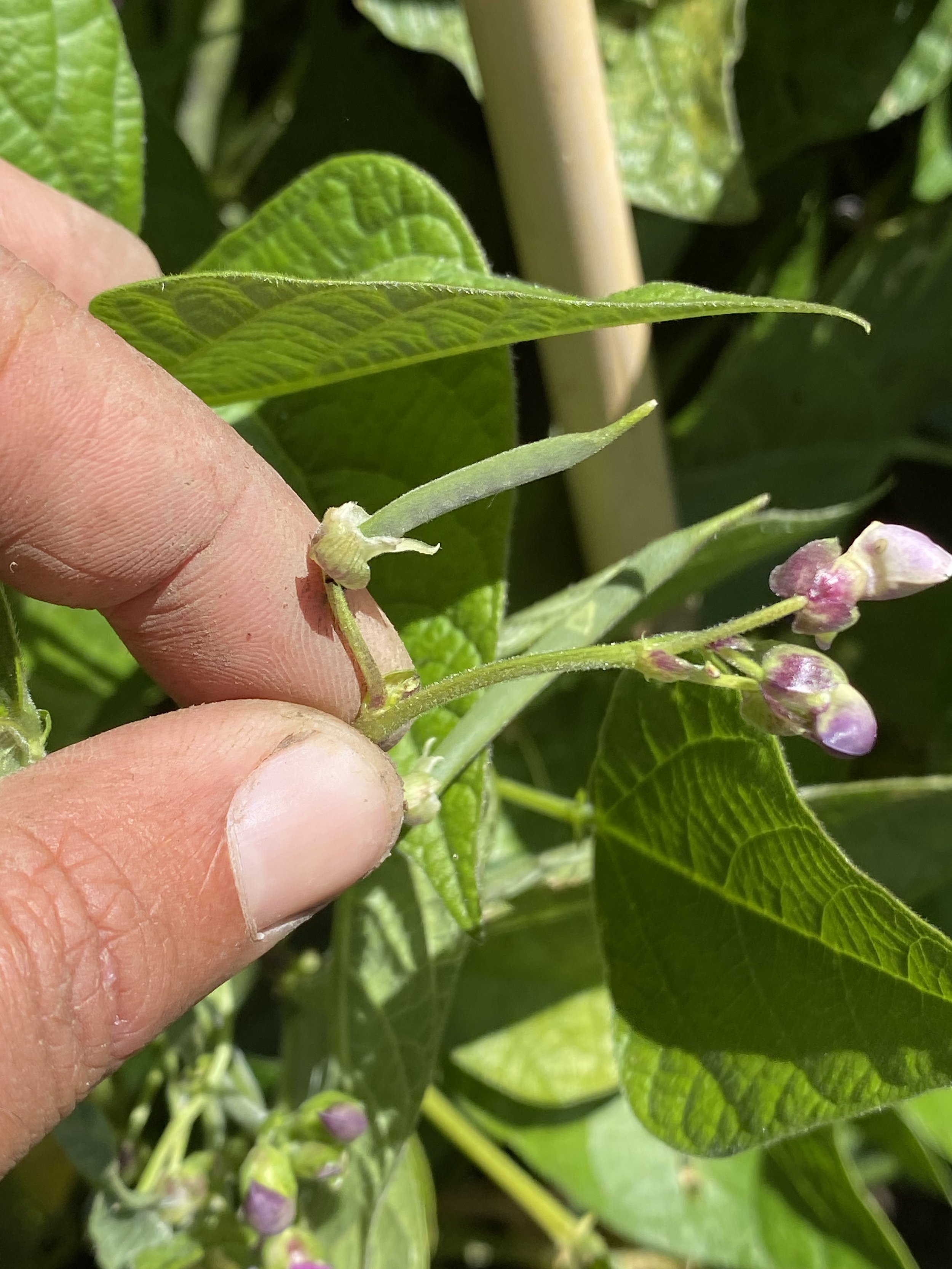
Pache Baghala - Reyhan Herb Farm
This bean was shared with me by my friend Saba (of sabajamsf.com !) who told me she loves ghormeh sabzi, but she did not grow up eating it at home. This has been one of the ways Saba feels like she stands apart from much of the Iranian diaspora; her family is from Rasht, a city in Northern Iran, and she has food memories that are distinct from many of her Iranian peers in the US. Northern Iran, also called Shomal, is home to a vast array of cultures, foods, crops, climates, and languages that are not found in other parts of Iran. One of those crops is pache baghala, which is a beautiful little bean!
Pache baghala is most often used to cook a special dish called Baghali Ghatogh. I, along with many other Iranians, have never had Baghali Ghatogh. It’s made by soaking and then double peeling the beans, then boiling them with garlic, turmeric, and dill — just enough cooking so that it doesn’t get mushy. After that it’s served over rice, and if you’re fancy, with some eggs cooked into it. Here’s a proper recipe, except that it substitutes lima beans. Makes sense, considering that pache baghala hasn’t been available in this country until literally this moment.
We planted these beans in the Spring of last year, after the threat of frost had passed (May 22nd). Turns out, they are bush beans! I wish I had known that before I put up trellising. Expect these plants to get a couple feet tall, and to be very well behaved and orderly. The dry beans will be ready at the end of the summer (mid-September, for me). Harvest the pods when they are brown and dry, and thresh and winnow like normal to separate the seeds from the pods!
I look forward to making pache baghala myself one day, and I hope you make it with the fruits of your labor next Fall!

The plants turned out to be bush beans - no need for the stakes after all

